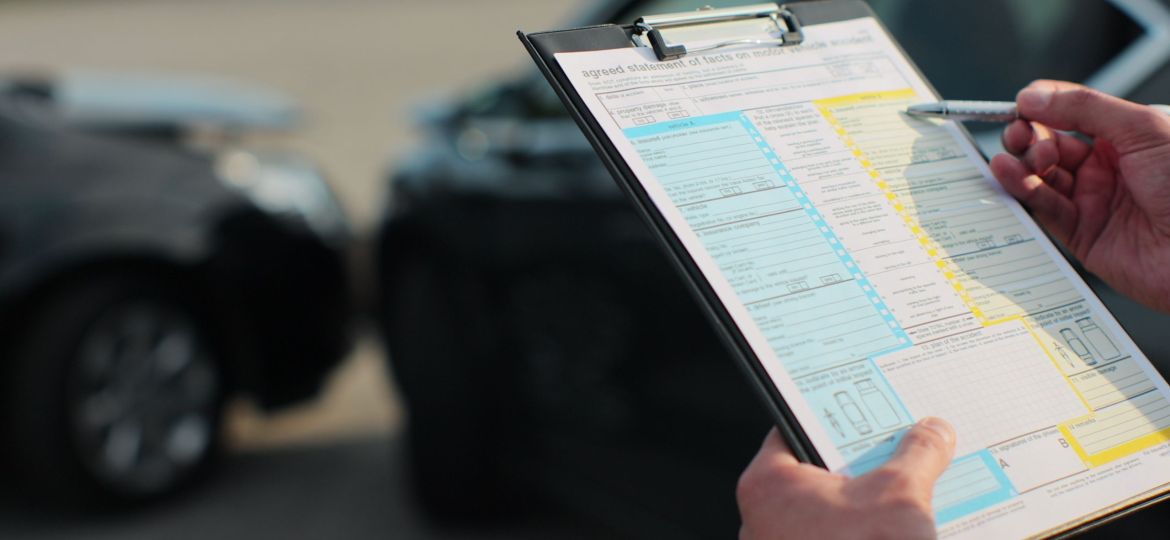Vehicle Security Systems
When purchasing a car, one of the most vital aspects to consider is its safety features. In this guide, we explore advanced active vehicle safety systems and their functions. Simply put, we’ll take a closer look at the features that manufacturers are installing to keep you safe on the road.
Some safety systems are mandatory by law in the UK, while others are optional. However, more automobile brands are incorporating these features to make Britain’s roads safer. While we’re all familiar with essential safety features such as seat belts, airbags, and child seats, modern cars also include numerous advanced electronic safety systems.
Anti-Lock Braking System (ABS)
The ABS prevents the car’s wheels from locking up during emergency braking, which is critical for avoiding skidding. This system includes a dedicated warning light on the dashboard that alerts you to any issues. All modern vehicles are equipped with ABS as standard.
Electronic Stability Control (ESC)
Electronic Stability Control, or ESC, ensures your vehicle remains stable by reducing the loss of traction. Similar to ABS, it helps prevent skidding. Also referred to as Dynamic Stability Control (DSC), this system uses sensors to monitor the power and spin of each wheel. If abnormal conditions, such as a loss of traction, are detected, the onboard computer automatically adjusts by braking individual wheels and reducing engine power. ESC is standard in 80-90% of new cars.
Adaptive Cruise Control
Cruise control allows your car to maintain a constant speed, which is particularly useful on motorways. However, in busy traffic, conventional cruise control becomes less effective due to the frequent need to brake and accelerate. Adaptive cruise control solves this problem by maintaining a safe distance between your car and the one in front. If traffic slows, your car automatically reduces its speed, and when traffic speeds up again, the system accelerates back to the pre-set speed.
Adaptive cruise control is ideal for reducing fatigue on long drives and in moderate traffic conditions.
Tyre Pressure Monitoring System (TPMS)
This system monitors the air pressure in your tyres, displaying it via a gauge or a warning light on the dashboard. It alerts you when tyre pressure falls below the recommended level, helping you maintain proper tyre function. Tyres are one of the most critical safety features of a car, and over- or under-inflated tyres can reduce their effectiveness, shorten their lifespan, and increase the risk of a blowout.
Lane Departure Warning
Lane Departure Warning technology detects when your tyres come into contact with lane markers, alerting you to unintentional drifting that could lead to an accident. Warnings may come in the form of flashing indicators, beeping sounds, or subtle vibrations in the steering wheel or driver’s seat.
To prevent unnecessary alerts, these systems are designed not to activate when your turn signal is on.
Automatic Headlights
Automatic headlights detect ambient light levels and switch on when needed. Some advanced systems also include night vision capabilities, which enhance the driver’s perception in low-light conditions.
Automatic Emergency Braking (AEB)
Automatic Emergency Braking is a top-tier safety feature that can automatically apply full braking pressure when it detects an imminent collision. This system helps either prevent or minimize the impact of an accident.
Road Sign Recognition
Road Sign Recognition systems act as a helpful assistant, keeping you informed of important road signs you may have missed. This ensures you can adjust your driving to stay safe.
Conclusion
There you have it—the top car safety systems and their functions. While not all these features are available in every car model, if there’s a safety system you believe would benefit you, it’s worth asking your new or used car dealer which brands and models include them.
